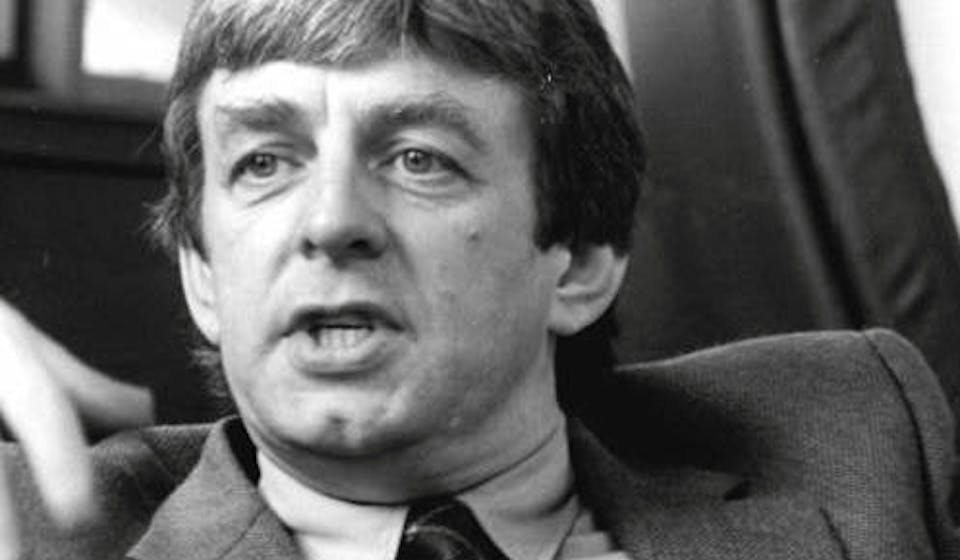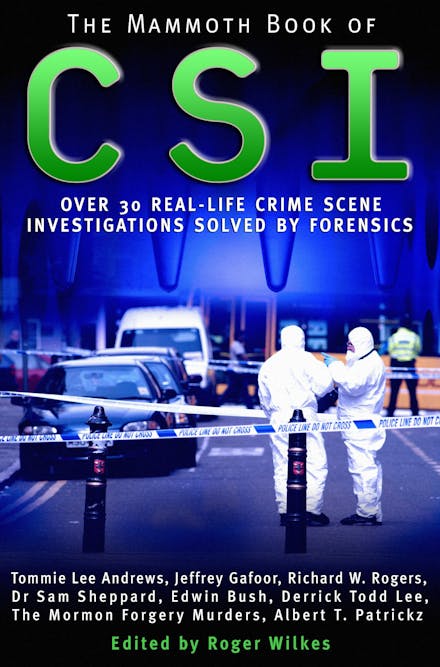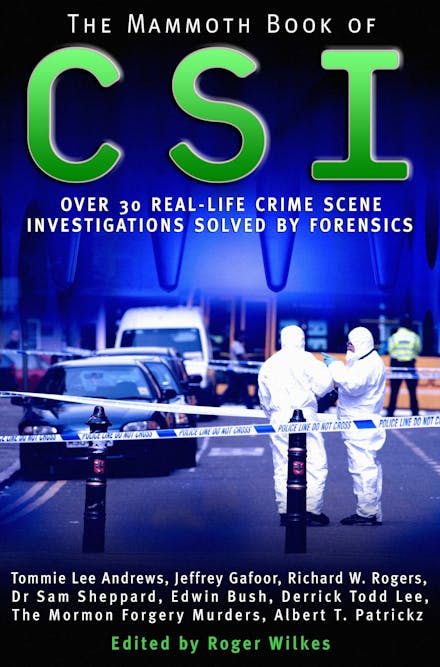Imprint
- Robinson
- C & R Crime
Mammoth Books, True crime, Prose: non-fiction
Using the modern technology available to forensic science, crime scene investigators answer questions others never even thought to ask. This work presents 30 cases of forensic detective work. It also features a range of forensic techniques - genetic fingerprinting, blood splatter analysis, laser ablation, toxicology, and ballistics analysis.
Using the latest modern technology available to forensic science, crime scene investigators answer questions others never even thought to ask. This book contains more than thirty fascinating modern cases of forensic detective work.
Genetic fingerprinting, blood splatter analysis, laser ablation, toxicology, ballistics analysis - the whole range of forensic techniques is featured. The investigators trust only the evidence to speak for those who cannot speak for themselves: the victims.
The cases featured include:
- Tommie Lee Andrews, the first person to be convicted as a result of DNA evidence, for raping a woman during a burglary;
- Jeffrey Gafoor, convicted of murder in 2003 when crime scene evidence collected twelve years previously resulted in a match with his nephew;
- Richard W. Rogers, convicted of the murder of two of his numerous gay male victims, through vacuum metal deposition, technology which saves fingerprints from plastic bags;
- Dr. Sam Sheppard, the murder trial based on blood evidence that inspired the TV series The Fugitive;
- Edwin Bush, the first murderer in Britain to be brought to book thanks to an identikit picture;
- Derrick Todd Lee, the Baton Rouge Serial Killer, only nailed by DNA evidence after a flawed FBI profile led big-shot investigators astray.
These cases - usually successful, but also sometimes dangerously flawed - offer a remarkable insight into real-life scene-of-crime investigation.
































.png?auto=compress&w=150&h=60&fit=crop&fm=jpg)
.png?auto=compress&w=150&h=60&fit=crop&fm=jpg)


